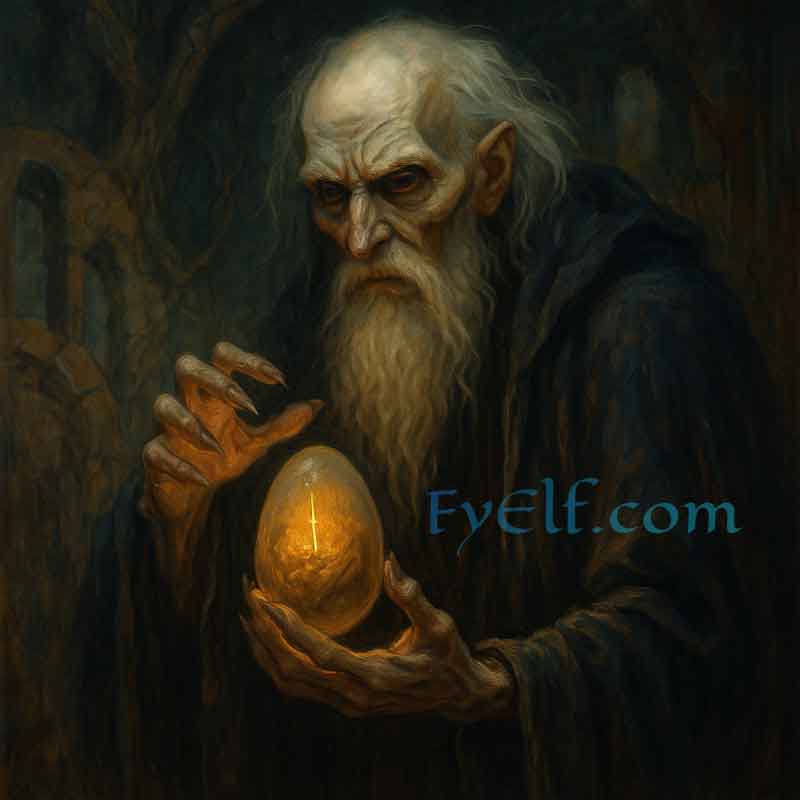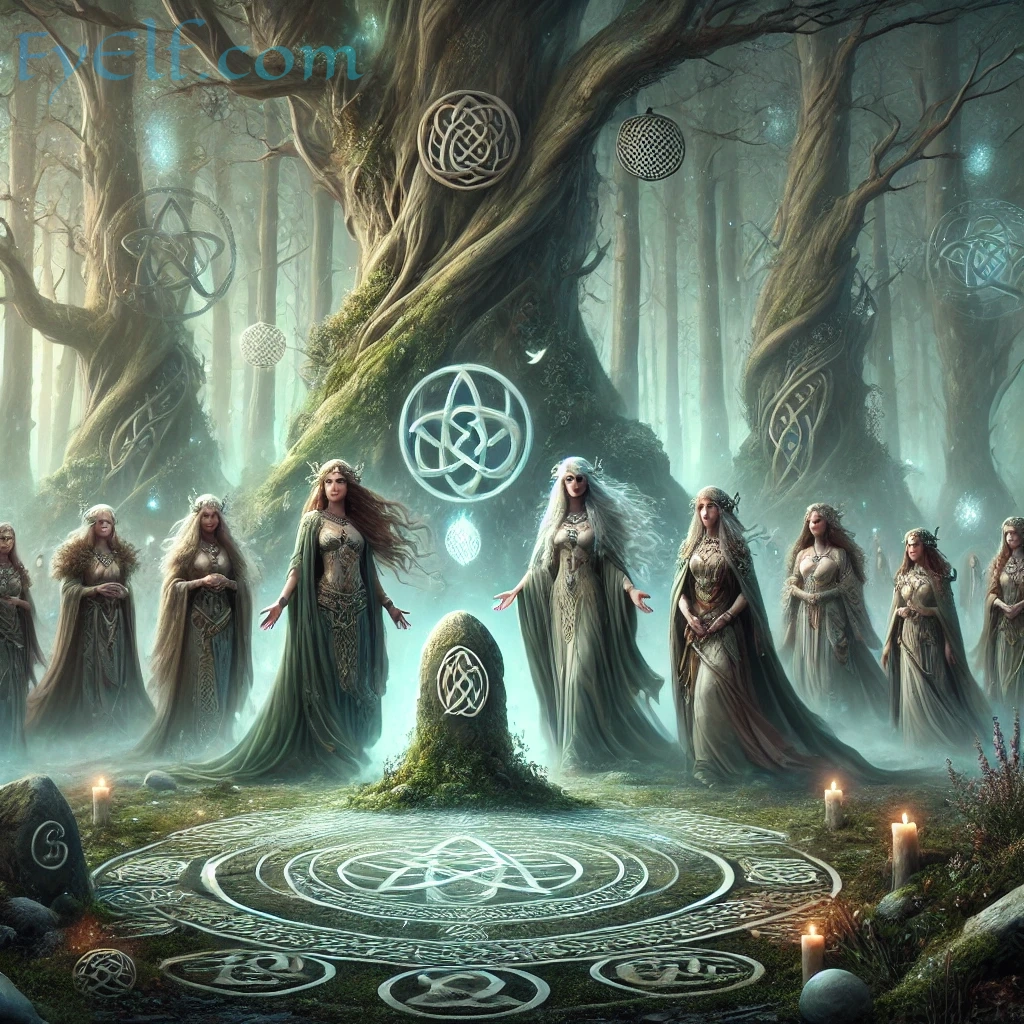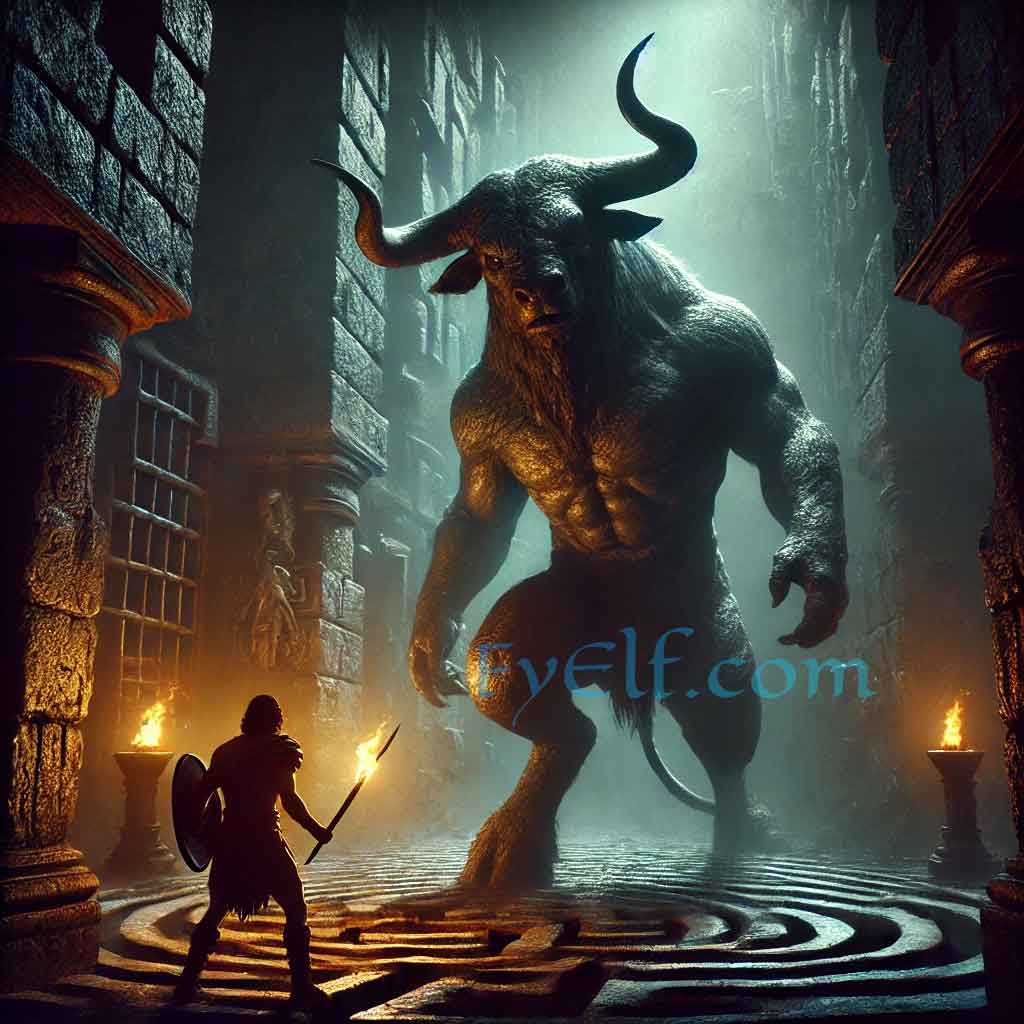Who Is Koschei the Deathless?
Koschei the Deathless is one of the most infamous villains in Slavic mythology. Known as an immortal sorcerer who cannot be killed by ordinary means, he appears in countless Russian fairy tales as a dark and sinister figure. Unlike benevolent household spirits such as the Domovoi, Koschei embodies greed, cruelty, and the fear of death itself.
Origins and Early Tales
Koschei first appears in Russian folklore as a powerful yet terrifying figure who kidnaps maidens and battles noble heroes. His stories were passed down through Slavic oral tradition, later preserved in folk epics and fairy tales. Some scholars connect Koschei with ancient Indo-European myths of death gods, making him a symbolic link between older pagan beliefs and later Christianized legends.
The Meaning Behind “Deathless”
What makes Koschei unique is his peculiar form of immortality in Slavic folklore. His soul (or “death”) is hidden far away in a needle, which is placed inside an egg, then inside a duck, a hare, a chest, and finally buried beneath a tree. Only by destroying this chain of objects can Koschei truly be killed.
This imagery highlights ancient themes of life and death in mythology, where mortality is tied to natural cycles, hidden forces, and magical rituals. It also reflects a wider human fascination with eternal life found across cultures, as explored in many immortality myths and legends.
Koschei as the Archetypal Villain
In many Russian fairy tales, Koschei is the archetypal villain — he kidnaps the hero’s bride and imprisons her in his dark kingdom. He often rides a magical horse faster than the wind, wields dark magic, and outsmarts mortals with his cunning.
He is often compared to villains in other cultures, such as Hades of Greek mythology, or even modern vampire figures. Unlike gods of the underworld, however, Koschei is not a ruler of death — he is its unnatural defier.
Koschei in Slavic Culture
In Slavic legends, Koschei became a cultural symbol of corruption, greed, and fear of aging. He is often described as extremely thin, with skin stretched over bone, representing decay yet paired with unnatural vitality.
Folk traditions portray him as both terrifying and almost comical — a grotesque figure embodying humanity’s deepest anxieties. This dual image ensured his place in stories that were told around firesides for centuries.
Heroes Who Fought Koschei
Koschei’s immortality made him a formidable opponent for Slavic heroes, especially Ivan Tsarevich. These tales follow a recurring theme: the hero rescues the princess, defeats Koschei by finding his hidden soul, and restores order.
Such stories symbolize the eternal struggle between light and darkness, life and death. The defeat of Koschei often represents the victory of divine order over chaos.
Symbolism and Interpretations
Koschei’s tale is more than a simple fairy tale — it reflects deep cultural symbolism. His hidden soul may represent the ancient beliefs in magical objects, while his obsession with youth and beauty reflects human fears of mortality and decay.
In psychological interpretations, Koschei becomes a metaphor for greed, selfishness, and the destructive quest for power.
Koschei in Modern Culture
Koschei’s myth lives on today in literature, music, and popular media. He was immortalized in Rimsky-Korsakov’s opera Kashchey the Immortal, and modern authors continue to use him as a character in fantasy novels.
Video games, films, and even animated series often reimagine him as a sorcerer, necromancer, or immortal villain, showing how Slavic folklore characters continue to inspire global culture.
Connections to Other Mythical Figures
Koschei can be compared to mythical figures across cultures. His hidden soul resembles the concept of horcruxes in modern fantasy, while his immortality links him to undead mythology.
For readers interested in other dark beings of Slavic traditions, you may explore related figures like dragons and serpents in folklore, which also symbolize chaos and destruction.
Why Koschei Still Fascinates Us
Koschei the Deathless endures because he embodies timeless fears — death, decay, and the corruption of power. His presence in Slavic mythology is a reminder of how folklore preserves cultural anxieties in the form of stories. From ancient fireside tales to modern fantasy, Koschei remains one of the most captivating figures of myth.




